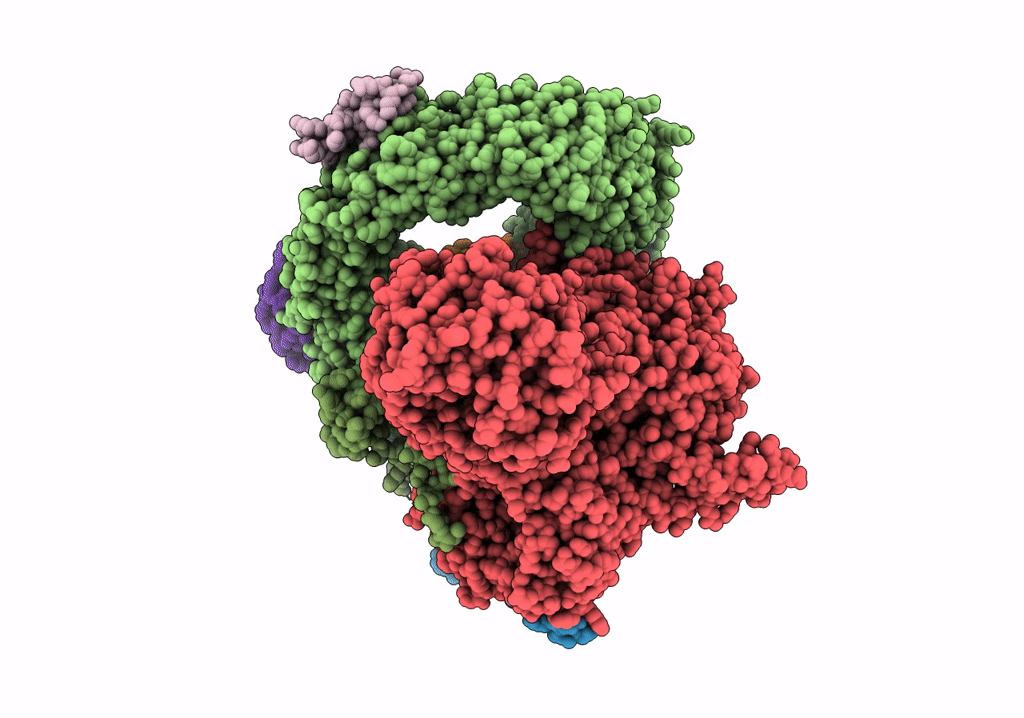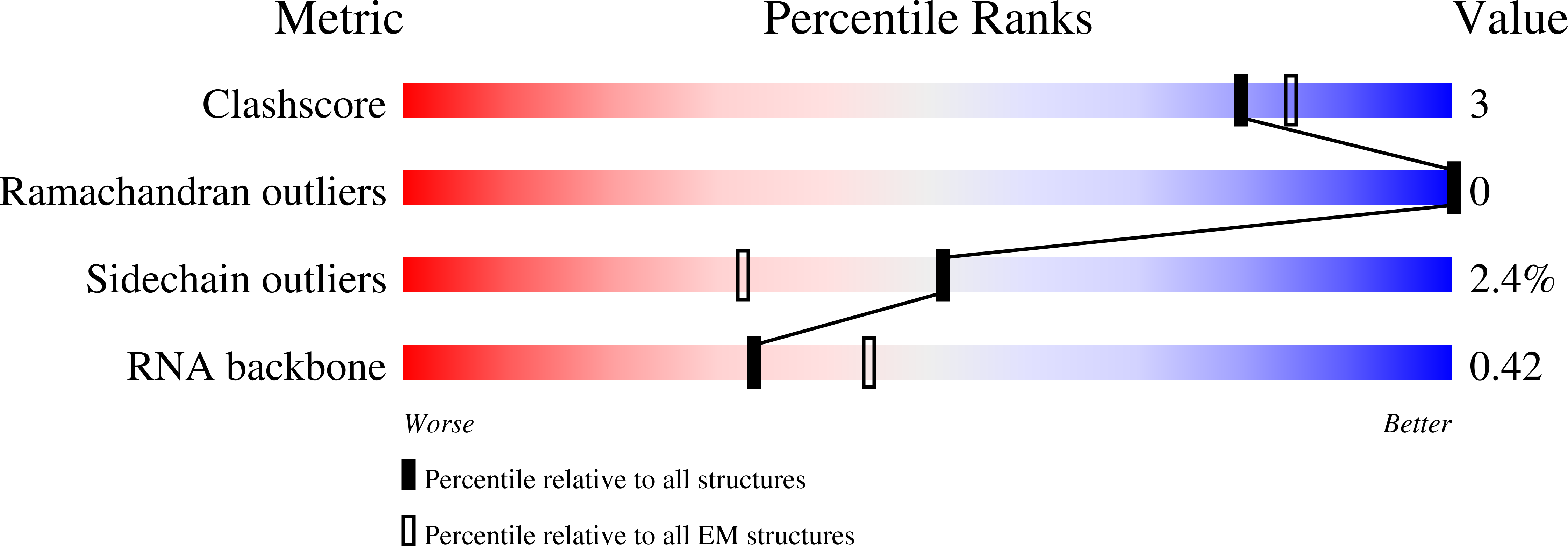
Deposition Date
2021-10-28
Release Date
2022-03-30
Last Version Date
2024-07-17
Method Details:
Experimental Method:
Resolution:
2.21 Å
Aggregation State:
PARTICLE
Reconstruction Method:
SINGLE PARTICLE


